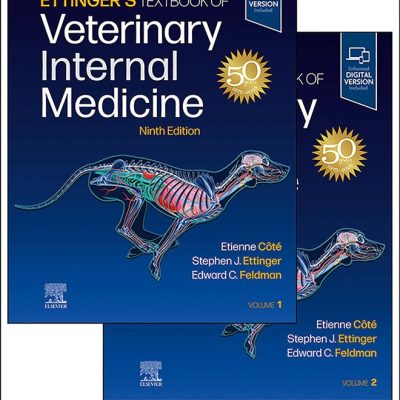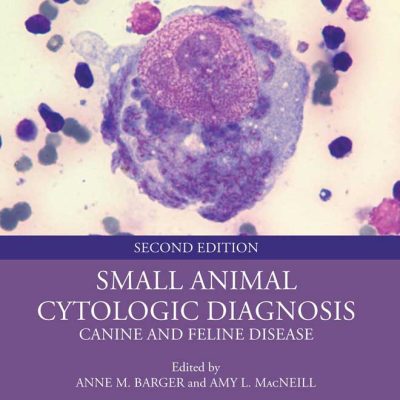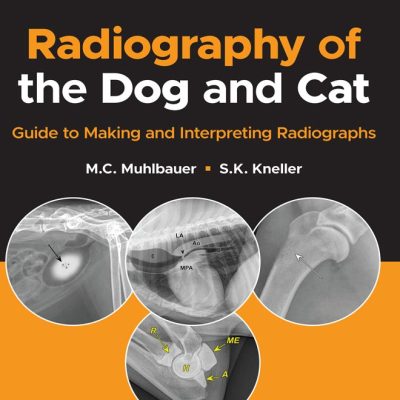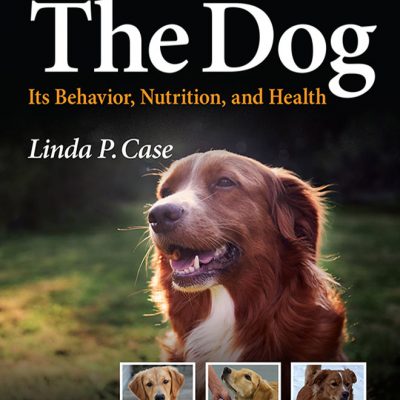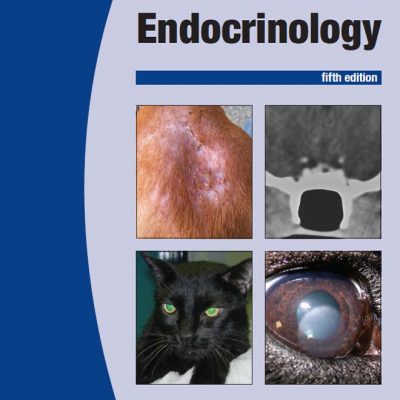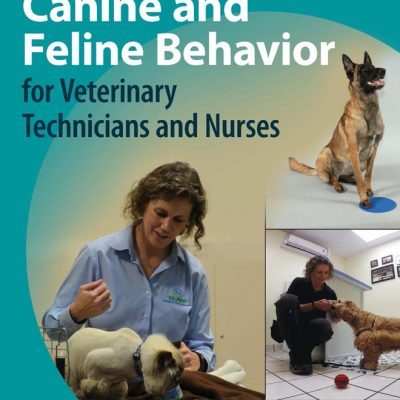
Free-Ranging Dogs and Wildlife Conservation
by Matthew E. Gompper
December 2013
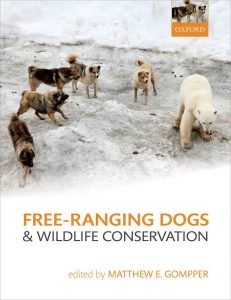
Dogs are the world’s most common and widespread carnivores and are nearly ubiquitous across the globe. The vast majority of these dogs, whether owned or un-owned, pure-bred or stray, spend a large portion of their life as unconfined, free-roaming animals, persisting at the interface of human and wildlife communities. Their numbers are particularly large throughout the developing world, where veterinary care and population control are often minimal and human populations are burgeoning.
This volume brings together the world’s experts to provide a comprehensive, unifying, and accessible review of the effects of dogs on native wildlife species. With an emphasis on addressing how free-ranging dogs may influence wildlife management and native species of conservation concern, chapters address themes such as the global history and size of dog populations, dogs as predators, competitors, and prey of wildlife, the use of dogs as hunting companions, the role of dogs in maintaining diseases of wildlife, and the potential for dogs to hybridize with wild canid species. In addition, the potential role of dogs as mediators of conservation conflict is assessed, including the role of dogs as livestock guardians, the potential for dogs to aid researchers in locating rare wildlife species of conservation interest, and the importance of recognizing that some populations of dogs such as dingoes have a long history of genetic isolation and are themselves important conservation concerns. A common theme woven throughout this volume is the potential for dogs to mediate how humans interact with wildlife and the recognition that the success of wildlife conservation and management efforts are often underpinned by understanding and addressing the potential roles of free-ranging dogs in diverse natural ecosystems.
Free-Ranging Dogs and Wildlife Conservation is aimed at professional wildlife and conservation ecologists, managers, graduate students, and researchers with an interest in human-dog-wildlife interactions. It will also be of relevance and use to dog welfare researchers, veterinary scientists, disease ecologists, and readers with an interest in the interface of domestic animals and wildlife.
- Brings together a diverse group of experts to provide a comprehensive synthesis of issues relevant to, and derived from, the interactions of free-ranging dogs and wildlife
- Explores the role that dogs play in wildlife survival, harvest, management, protection, and disease outbreaks, and in how humans perceive conflicts with wildlife
- Synthesizes existing data and insights, highlights applications of the science for conservation programs, and suggests directions for future research

